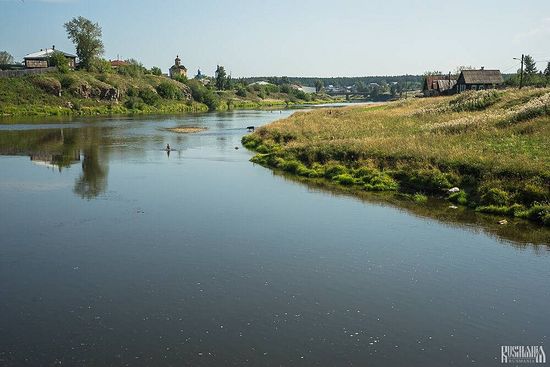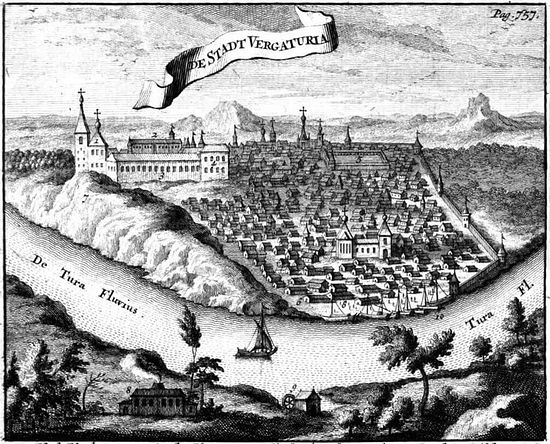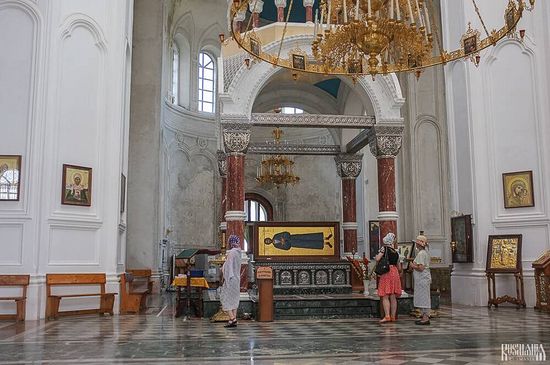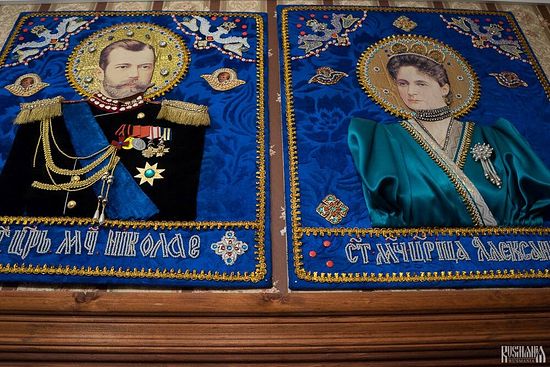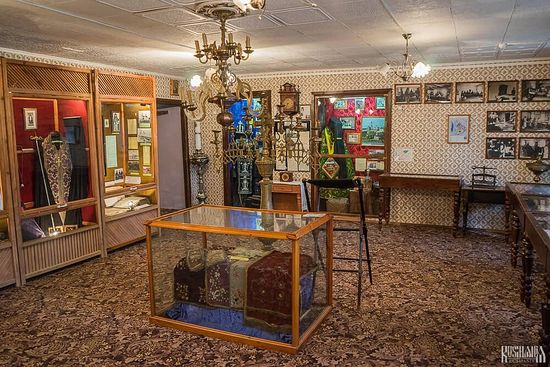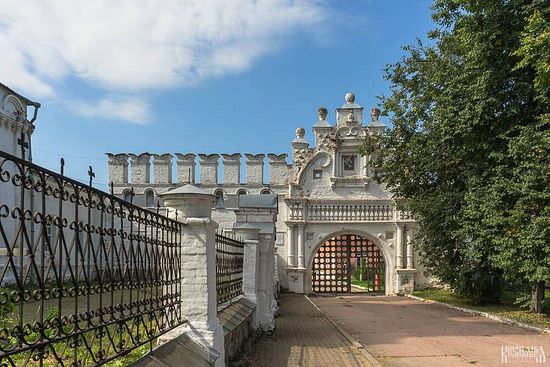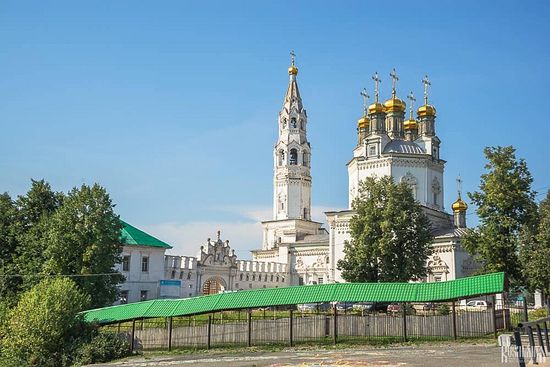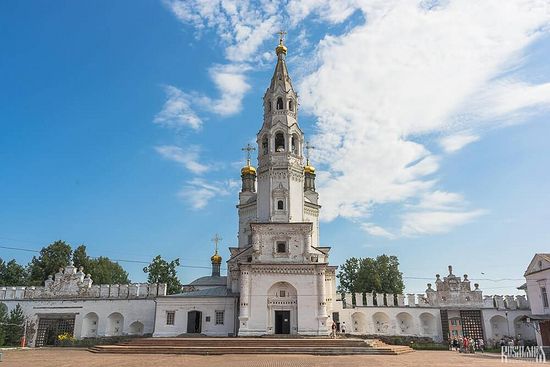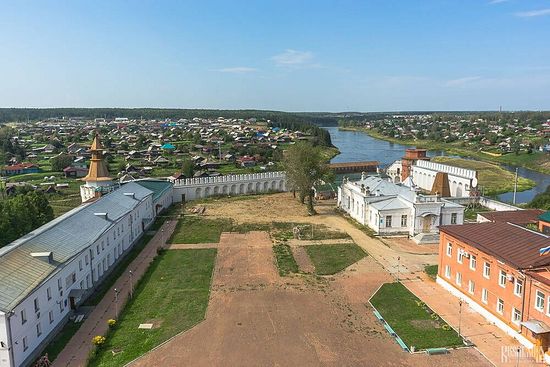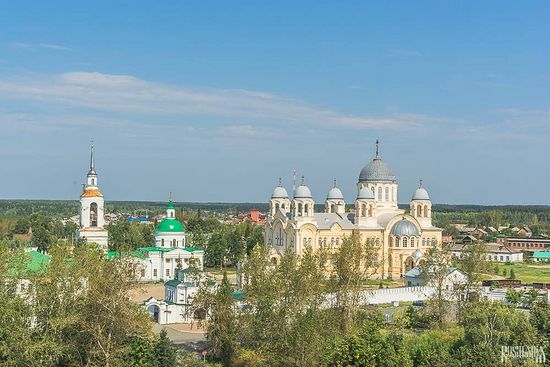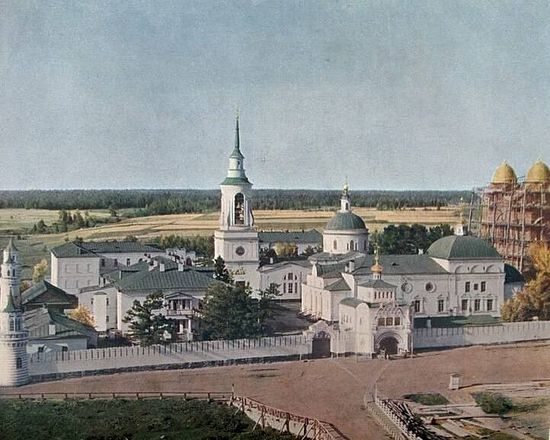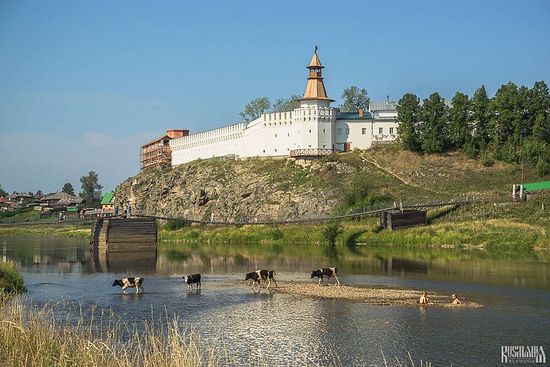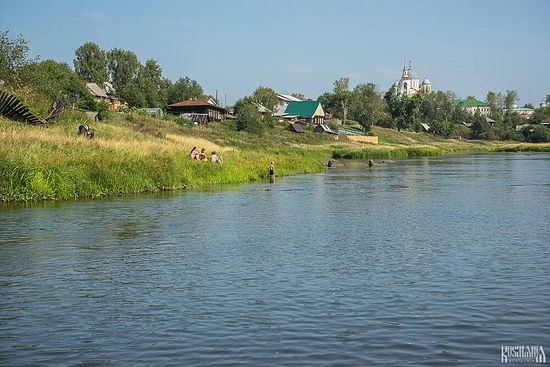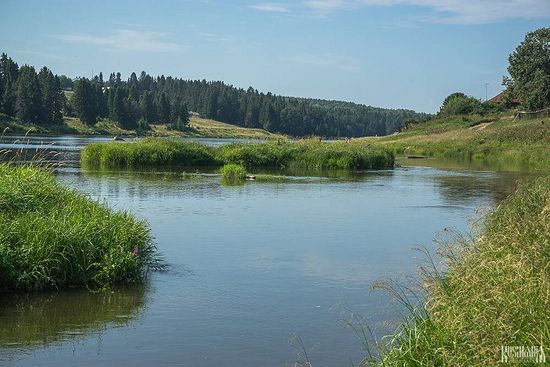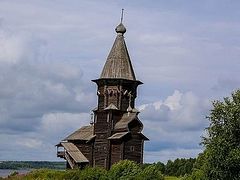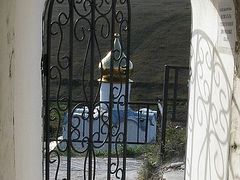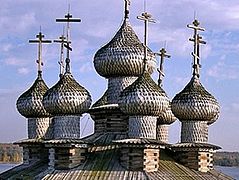Source: Rusmania
The Urals have many claims to fame: the mountains which act as the border of Europe and Asia, beautiful national parks such as Taganai, the semi-precious stones and metals extracted here, the Chelyabinsk meteor, the lakes of the Chelyabinsk Region, Yekaterinburg – Russia’s fourth city by population, the industrial centre of Nizhny Tagil, the Leaning Tower of Nevyansk, even the stereotype of its people being tough and no-nonsense.
However another highlight which is somewhat less known about is the spiritual centre of the Urals – the Svyato-Nikolsky Monastery in the small, provincial city of Verkhoturye. This place is rarely included on tourist routes for foreigners, but it is a popular place of pilgrimage for Orthodox believers along with the likes of Sergiev Posad, Diveevo, Valaam and Solovki. In addition to its famous religious sight, the city has the only kremlin in the Urals and is included on the list of Historical Cities of Russia due to the amount of historically significant buildings which can still be found in the city. On a recent trip to the Urals we visited the industrial but interesting city of Nizhny Tagil and of course couldn’t miss out on the opportunity to check out Verkhoturye for ourselves.
The city is believed to have been founded in 1597 as fortifications on the River Tura to protect the important Siberian trade route which ran from Solikamsk on the River Kama, with a land crossing to the Tura, and onwards down to the Ob. Therefore it was once an important and strategic city, but with the completion of the Siberian High Road in 1735 via the recently-established Yekaterinburg, Verkhoturye became a provincial outback and Yekaterinburg would go on to become the principal city in the region.
Being located in the mid Urals, off the Trans-Siberian, with relatively poor transport links and away from large cities, Verkhoturye has managed to remained unspoiled in terms of modern construction and mass industrialisation. From Nizhny Tagil there is one bus a day, but this bus is only in the afternoon and takes four hours, so we would have need to spend the night there. Instead we decided to take a taxi, which took just 2½ hours to cover the 160km. It would appear that the transport situation also explains why this city isn’t as well-known as we later discovered it deserves to be.
We were dropped off at the Svyato-Nikolsky Monastery and to describe it as magnificent is no exaggeration. The complex is surrounded by thick walls over which you can see the domes of the massive Dormition of the Cross Cathedral, one of the largest cathedrals in Russia with a capacity for approximately 4,000 people.
It was built between 1905 and 1913 in time for the 300th anniversary celebrations of the House of Romanov. It was even planned that Nicholas II himself would come to the cathedral’s opening ceremony but the visit was cancelled. The cathedral holds the relics of local 17th-century saint Simeon of Verkhoturye, one of the main reasons the monastery became such an important centre of pilgrimage.
The cathedral is of course the architectural highlight of the monastery, but we left being just as impressed with the monastery’s museum. The museum is free, but donations are requested, and to be honest we weren’t expecting much.
However it was filled with interesting photos and displays documenting the history of the monastery and the famous people who have come here on pilgrimage, most famously Grigory Rasputin and Grand Duchess Yelizaveta Fyodorovna, who would later be murdered by the Bolsheviks in nearby Alapaevsk.
The best feature of the museum is actually it furnishings, complete with old-fashioned wallpaper, which creates the impression that you have travelled back in time and have been invited in to look through a family album.
After looking around the monastery it was time to eat. We were tempted by the familiar features of Fred Flintstone which adorned the Flintstones pelmeni café (the connection between the caveman and the café is still lost on us), but instead opted for a simple café that has set meal options as it is used to serving coach loads of pilgrims. We didn’t expect much and so were very happy with our tasty meal of borsch, fried potatoes and chicken kiev. A tip for all those travelling deep in the Russian provinces is that, in our experience, you can rarely go wrong with borsch, fried potatoes and chicken kiev!
After our successful lunch we went to the other main sight in the city – the Kremlin. Verkhoturye Kremlin is unique as the only kremlin in the Urals and the smallest kremlin in Russia. It was built at the turn of the 18th century at the same time as the Tobolsk Kremlin, the only kremlin in Siberia.
It stands on a tall, rocky hill on the left bank of the River Tura and consists of relatively small walls surrounding the majestic, Siberian baroque style Trinity Cathedral which was built between 1703 and 1709 by masters from Siberia/Solikamsk with the help of locals from all over the Urals.
From the bell tower of the Trinity Cathedral you can enjoy fantastic views of the city and the right-bank of the River Tura with its small wooden houses.
It is a scene which has hardly changed since Sergey Prokudin-Gorsky, the famous Russian pioneer of colour photography, visited a century ago.
What really makes the picture perfect is the wonderful wooden pedestrian bridge over the river, plus the cows drinking in the river.
While at the river we couldn’t resist a quick swim, as when we visited the whole Ural Region was experiencing an extraordinary heatwave with temperatures in the mid-30s every day. Lots of locals also had the same idea.
The name Verkhoturye derives from the Russian for the ‘upper Tura’ and the river here is fast moving but shallow; we actually saw people just taking off their trousers and walking across the river, rather than going to the nearest bridge.
Our swim in the river, surrounded by views of forests, quaint houses and the kremlin overlooking us, perfectly rounded off a great day.
Our advice to you is that if you are ever in the Urals and you like small, cosy, provincial cities, then go to Verkhoturye. Transport links are poor, but we assure you it will be worth it and you could even spend a couple of days here to get away from it all and to explore the neighbouring countryside and nearby places located on a pilgrimage route connected with St Simeon of Verkhoturye. If this city was on the edge of Moscow it would certainly give Suzdal or any other Golden Ring city a run for their money as a mecca for tourists. Plus, at the moment you will probably have the city and all its charms to yourself!

